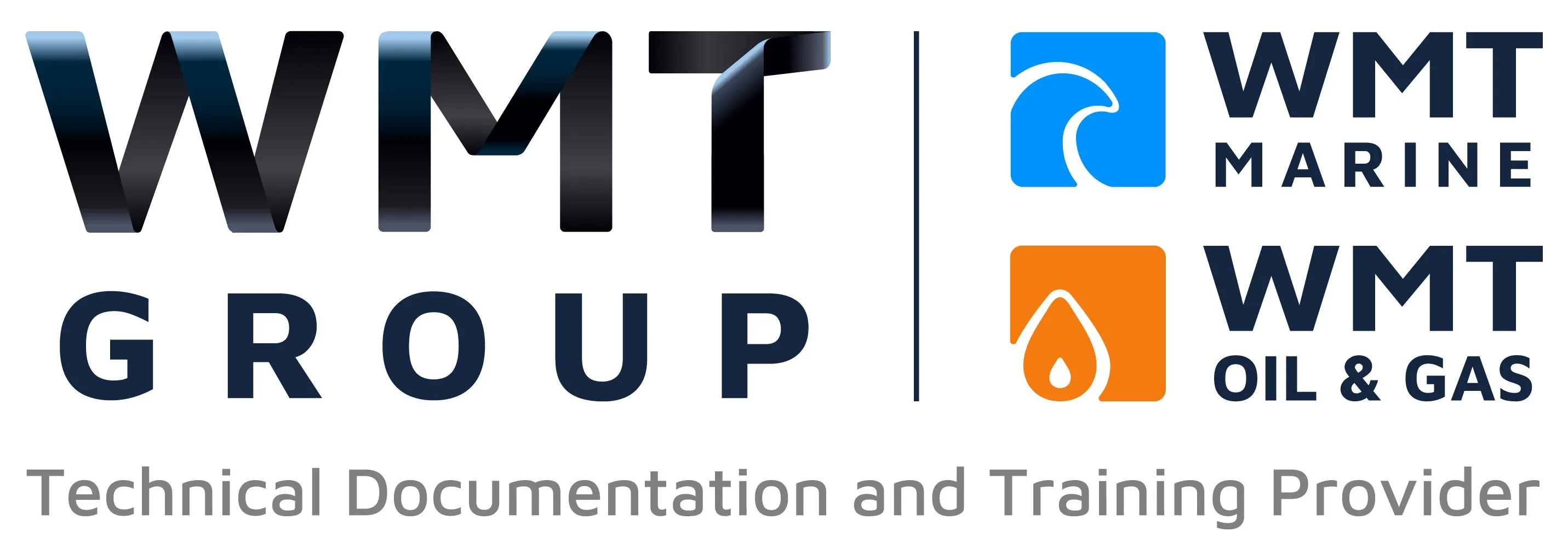How To Create Technical Manuals For The Marine Industry

Creating technical manuals for the marine industry requires precision, clarity, and compliance with industry standards. Whether you're documenting ship operations, safety procedures, or equipment maintenance, a well-structured manual ensures smooth sailing for maritime professionals.
In this guide, we’ll walk you through the key steps to develop an effective technical manual tailored for the marine sector.
Why Are Technical Manuals Important in the Marine Industry?
Marine operations involve complex machinery, safety regulations, and strict compliance requirements. A well-written technical manual:
- Ensures crews operate vessels safely and efficiently.
- Helps with troubleshooting and maintenance of marine equipment.
- Reduces errors and increases compliance with international regulations.
- Enhances training for new personnel.
Given the high risks involved in marine operations, technical manuals must be clear, concise, and comprehensive.
Steps to Create a High-Quality Marine Technical Manual
1. Understand Your Audience
Before you begin writing, identify who will use the manual. Will it be ship engineers, deck officers, or maintenance personnel? Each group has different levels of technical expertise, so tailor your content accordingly.
- Engineers and technicians may require detailed schematics and technical jargon.
- Deck officers and crew need clear step-by-step instructions for daily operations.
- Shipowners and inspectors focus on regulatory compliance and safety standards.
2. Define the Scope and Structure
A well-organised manual improves readability and usability. Start by outlining the structure. A typical marine technical manual includes:
- Introduction – Purpose of the manual and key safety notices.
- Table of Contents – Easy navigation for quick reference.
- Operating Procedures – Step-by-step guides for equipment and systems.
- Maintenance & Troubleshooting – Common issues, diagnostics, and solutions.
- Safety and Compliance – Regulatory requirements, emergency procedures, and risk assessments.
- Glossary – Definitions of technical terms used throughout the manual.
3. Use Clear and Concise Language
Technical manuals should be precise and easy to understand. Use simple language and avoid unnecessary jargon. Consider these best practices:
✅ Use short, direct sentences (e.g., “Turn off the power before servicing.”)
✅ Avoid passive voice (e.g., say “Check the fuel levels” instead of “The fuel levels should be checked.”)
✅ Include visual aids such as diagrams, tables, and flowcharts to explain complex processes.
4. Incorporate International Maritime Standards
The marine industry follows strict regulatory frameworks, such as:
- SOLAS (Safety of Life at Sea) – Ensures vessel safety protocols.
- IMO (International Maritime Organization) Standards – Covers maritime safety, security, and environmental regulations.
- ISO 19005-1 (Document Management for Electronic Documents) – Useful for digital manuals.
Ensuring compliance with these standards improves the credibility and reliability of your manual.
5. Use a Professional Layout and Formatting
A well-structured manual is easier to follow. Follow these formatting guidelines:
- Consistent headings and subheadings for clear sectioning.
- Bullet points and numbered lists for step-by-step instructions.
- Bold or italicised text to highlight important information.
- High-resolution images and diagrams for technical explanations.
6. Test and Validate the Manual
Before publishing, conduct usability testing:
- Have professionals review the content to ensure accuracy.
- Test instructions in real-world conditions to confirm clarity.
- Update regularly based on feedback and regulatory changes.
7. Provide Digital and Printed Versions
With many marine operations going digital, offering a PDF version with interactive links improves accessibility. However, having printed copies onboard is crucial for emergency situations where electronic devices may fail.
Final Thoughts
Creating a technical manual for the marine industry requires a balance between technical accuracy and user-friendly design. By following these best practices—defining a clear structure, using plain language, and ensuring compliance—you’ll produce a manual that enhances safety, efficiency, and compliance in maritime operations.
Whether you’re documenting vessel maintenance, equipment operations, or safety procedures, a well-crafted manual is an invaluable asset to any marine business.
